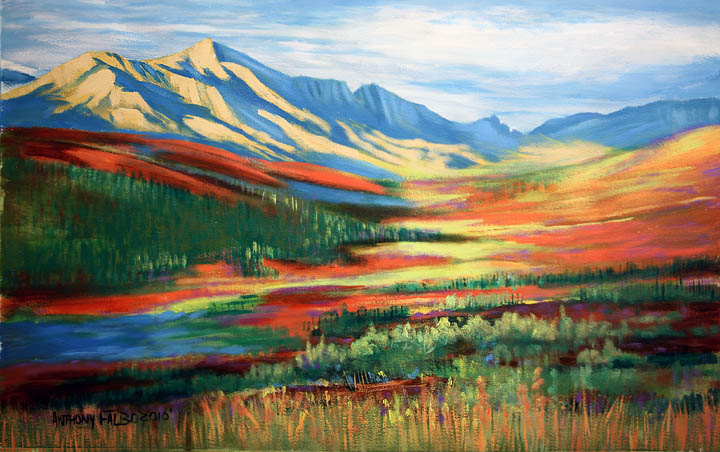If you are a toddler in the world of art, terms like ‘modern’ and ‘contemporary’ may seem somehow alike. Only thing is, they are not.
The world of art is quite diverse and there are numerous forms that have evolved over thousands of years.
Out of such forms, our generation has seen the rise of the contemporary form of art. But then again, there are modern paintings that are sometimes misunderstood to be contemporary artworks.
This article is dedicated to creating a line of differentiation between contemporary and modern artworks for the art lovers such as yourself. Let’s take a look:
Myths and misconceptions
One of the common myths that float around the art world is that the modern & contemporary form of art is somewhat the same in terms of definition.
If you search the meaning of the term ‘modern’ on Google, the result will show you “relating to the present or recent times as opposed to the remote past”.
When done same for the term ‘contemporary’ the result exhibits “living or occurring at the same time or living or occurring at the same time.”
So, as per the definitions, modern is somehow related to the recent past events while contemporary is totally focused on the events from the present only.
This is the basic point of distinction between the contemporary and modern paintings.
A brief on Modern art
You may have heard that modern art is the term related to paintings or artworks produced in the recent years. This is a somewhat false definition.
If you dig deeply into art history, you would find that roots of modern art goes way back to 1849 when French artist named as Gustav Courbet defied the conventional and then trended method of art where the depiction of romantic feelings or subjects or scenery or emotions were stretched.
It was Gustav who started crafting paintings with real subjects instead of idolized role models. This was the foundation that led to the evolution of art with subject matter based on subconsciousness and personal tales via the new & creative ways to utilize to the mediums and colors.
Not many people know but modern art actually paved the way for movements such as Impressionism, Cubism, and Dadaism to come up.
These were the movements that saw a revolt of artists against the old and traditional art methods.
The start of the Contemporary Art
The time of contemporary art started in the 1960s. It was this time when modern artists of that era started to utilize their prowess and talent to explore new ways to reflect their opinions on economic, social, and political practices.
Gone was the time when artists used to draw paintings so that viewer would just see the work in terms of colors, patterns, and designs.
Now was the time when people started to think what’s beyond the colors. It was the theme of these paintings.
It was the experimenting nature of the contemporary artists that made the paintings in the present time to be crafted with the help of technology such as digital works, installation art, and video.
The Greats of both art forms
French painter, Édouard Manet, is considered not only the father but the grandfather of modern paintings.
He challenged the old and conventional methods of art by overlooking the space, lighting, and relationships of the subjects. He also raised questions about how we represent time in an art.
All this was a new concept and the artists of that period completely outlawed such ideas.
Another great named as Paul Cézanne took inspiration from Manet and evolved the concept into abstract paintings.
As far as contemporary art is concerned, Vasily Kandinsky is perhaps the most influential name. He took his paintings to a whole new level where he went far away from any real-life objects. His paintings are a pure example of how deeply you would have to look to get the gist of the contemporary art.
American by birth, Jackson Pollock is also a shining name of modern art. Known for his exclusive drip painting technique, Pollock believed that the painting technique is nothing but a way to convey a message.
Thanks!




